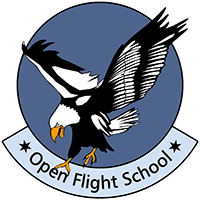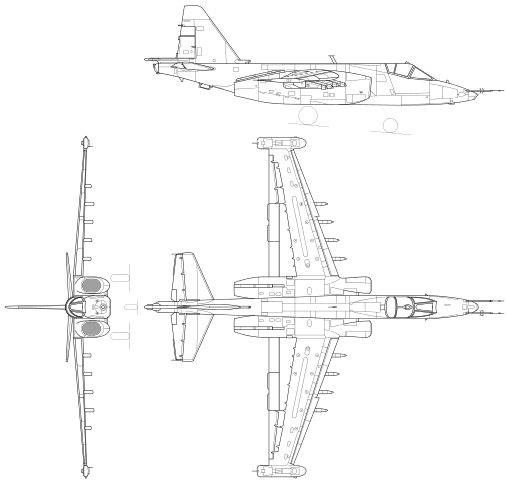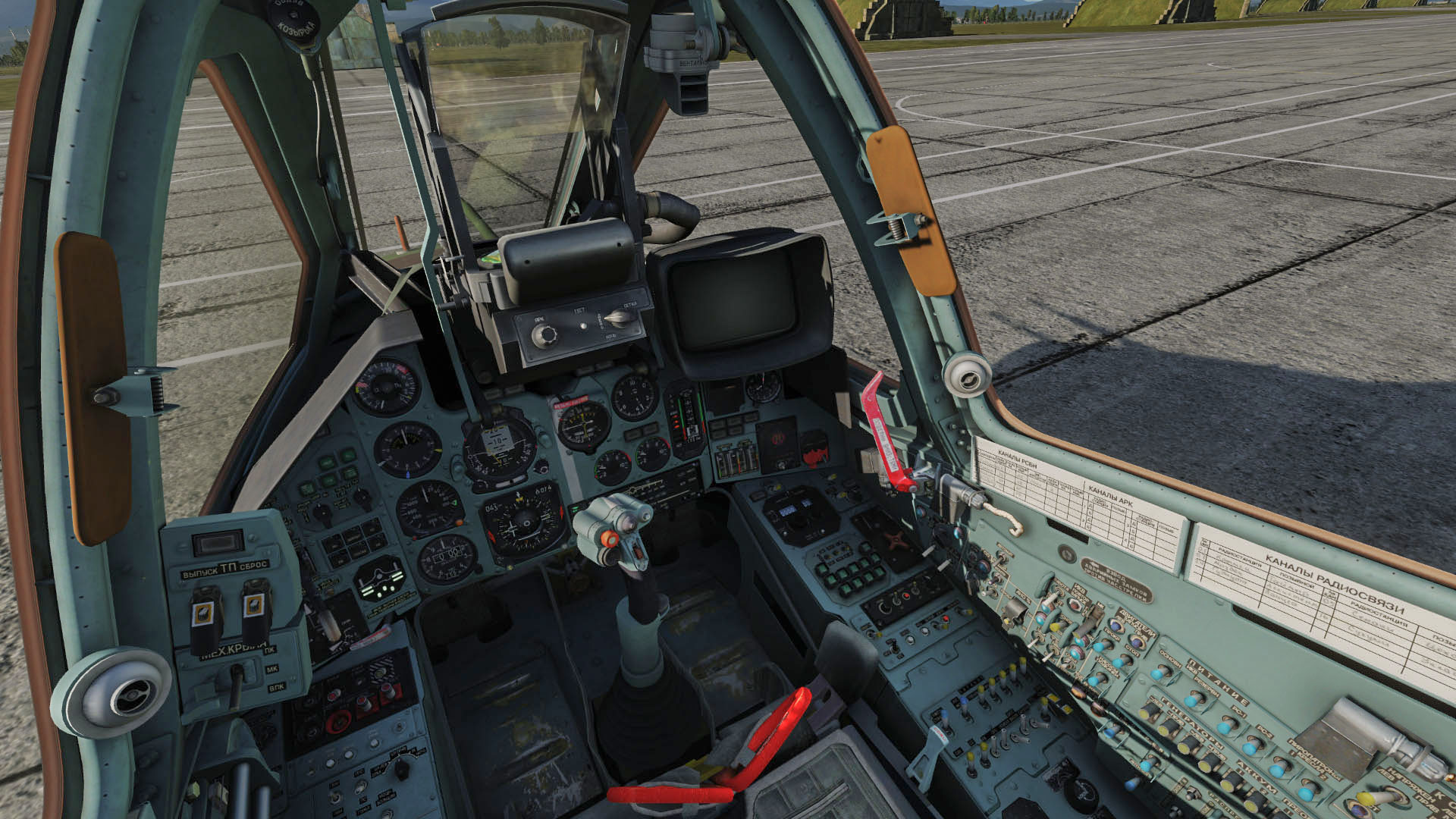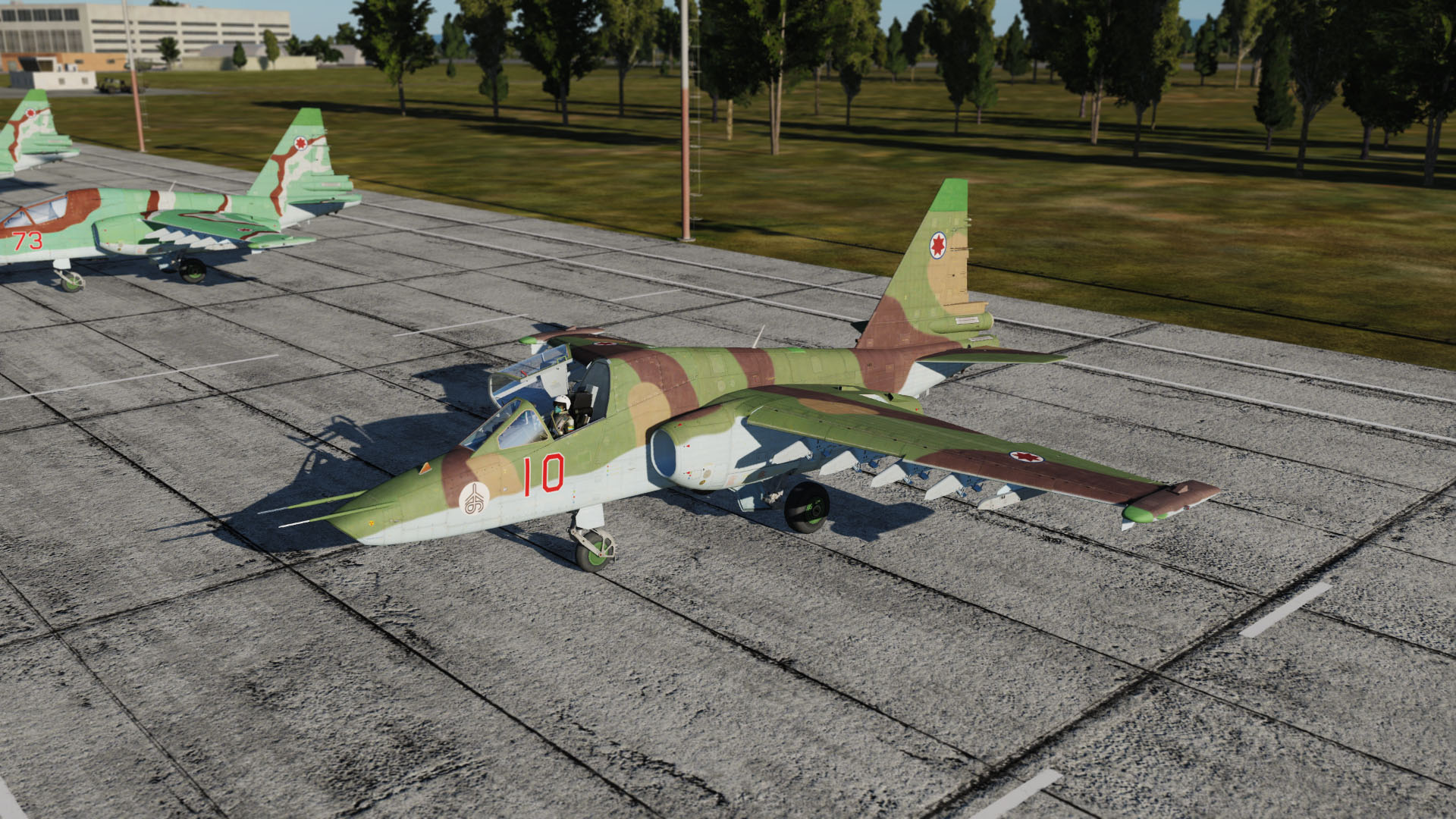General
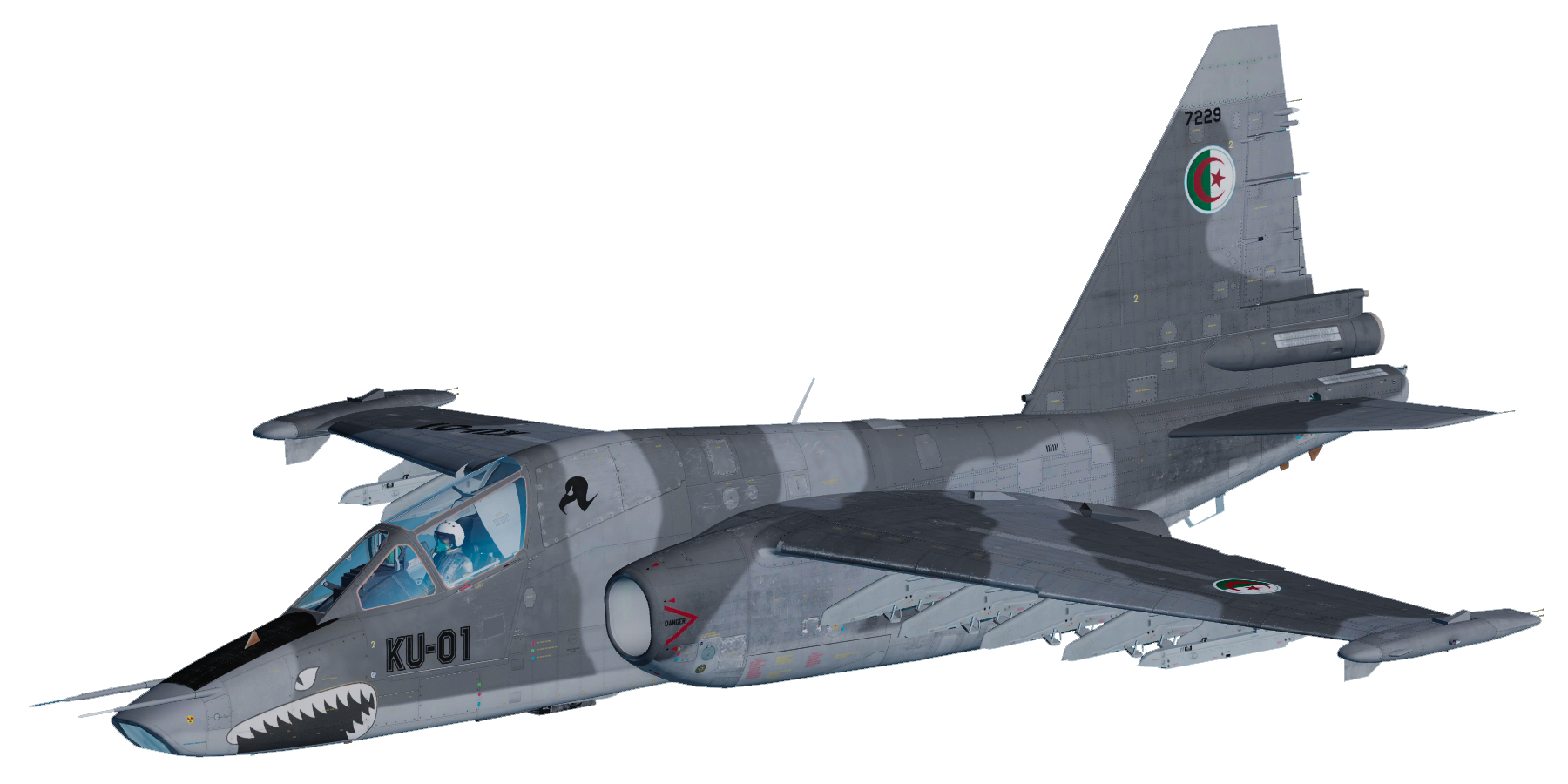 Die Su-25 ist das russische Gegenstück zur amerikanischen A-10A. Die Su-25 wurde zur Su-25T umgebaut mit moderner Avionik und Zielsuchsystemen versehen, um kleine sich bewegende gepanzerte Einheiten zu suchen und zu bekämpfen.
Die Su-25 ist das russische Gegenstück zur amerikanischen A-10A. Die Su-25 wurde zur Su-25T umgebaut mit moderner Avionik und Zielsuchsystemen versehen, um kleine sich bewegende gepanzerte Einheiten zu suchen und zu bekämpfen.
Die wichtigste Waffe der Su-25T stellt die "Vikhr" dar. Dies ist eine gelenkte Anti-Panzer-Rakete die mittels Zielerfassungssystem ("Shkval") und Laser ins Ziel gelenkt wird. Die Su-25T ist darüber hinaus wunderbar für SEAD Einsätze, also die Bekämpfung und Unterdrückung der gegnerischen Flugabwehr einsetzbar. Derzeit gibt es in DCS für diese Rolle keine echte Alternative. Damit ist die kostenfreie Su-25T ein gern genutztes Flugzeug auf jedem Server.
Das Flugzeug kann auch mit einem Restlichtverstärker ("Mercury") ausgestattet werden, dessen Auflösung deutlich besser ist als die des optischen Standard-Zielsystemes. Eine große Auswahl von Bomben und gelenkten sowie ungelenkten Raketen können genutzt werden.
Die Su-25T ist ein unglaublich vielseitig einsetzbares Flugzeug, mit dem man sehr viel Spaß haben kann. Einziger Wermutstropfen ist die Tatsache, dass es kein klickbares Cockpit gibt. Aber vielleicht kommt das eines Tages auch noch. Früher hatte das Cockpit der Su-25T kein 6DoF und deutlich schlechtere Texturen. Aber Eagle Dynamics hat beides nachgeliefert.
Für ein kostenfreies Flugzeug bietet die Su-25T unglaublich viel und garantiert hunderte Stunden Spielspaß und fliegerische Herausforderungen.
Ziel dieses Kurses soll es aber zunächst sein, einen ersten Überblick über die Systeme zu bekommen. Die wesentlichen Abläufe beim Starten, Fliegen und Landen zu lernen und sich mit den Flugeigenschaften vertraut zu machen. Dies bildet die zwingend nötige Grundlage für das Flug-, Navigations- und Waffentraining, sowie für den Kampfeinsatz mit der Su-25T in den nachfolgenden Kursen.
Und wie immer gilt: Wenn etwas unklar ist, ihr nicht weiter wisst oder mit was auch immer ein Problem habt, nehmt Kontakt mit den Tutoren für diesen Kurs auf und wir werden versuchen euch zu helfen wo es nur geht.
Bei Fragen stehen die Autoren und Tutoren dieses Kurses gerne zur Verfügung. Du findest sie rechts oben im Block Personen.
